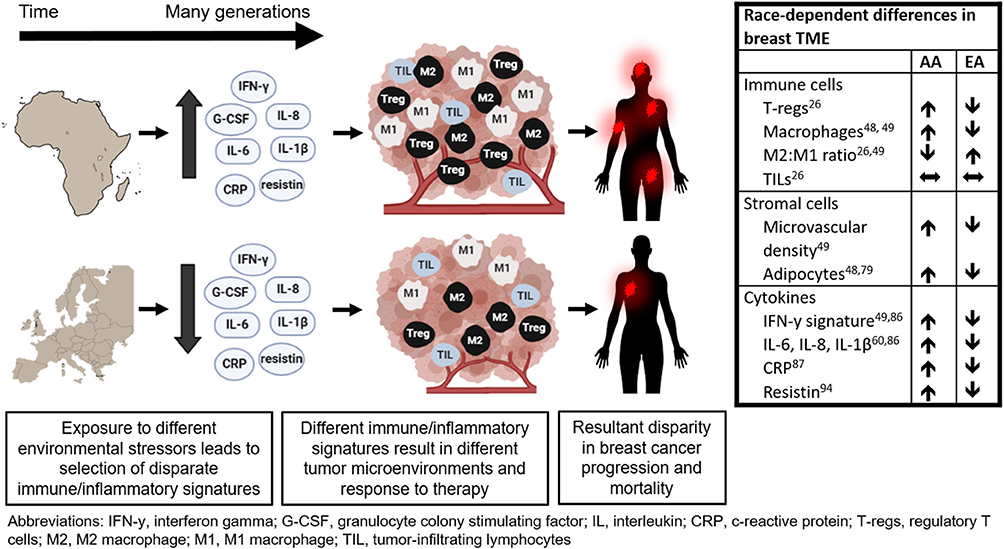Breast Cancer Treatment Disparities and Severe Mental Illness: Exploring the Link
Breast Cancer Treatment Disparities and Severe Mental Illness: Exploring the Link
Breast cancer is one of the most common types of cancer among women worldwide, with over 2 million new cases diagnosed each year. While advances in medical technology and treatment options have improved the survival rates and quality of life for breast cancer patients, not all patients have equal access to care or experience similar outcomes. In particular, there is growing concern about the disparities in breast cancer treatment and outcomes for patients with severe mental illness.
Understanding Severe Mental Illness and Breast Cancer
Severe mental illness (SMI) is a term that refers to a range of psychiatric disorders that significantly impair the individual's ability to function and engage in daily activities. Examples of SMI include schizophrenia, bipolar disorder, and major depressive disorder. These conditions can affect a person's cognitive, emotional, and social functioning, as well as their physical health.
Breast cancer treatment typically involves a combination of surgery, radiation therapy, chemotherapy, and hormone therapy, depending on the stage and characteristics of the tumor. However, patients with SMI may face multiple barriers to accessing and completing breast cancer treatment. These include:
- Lack of awareness and education about breast cancer screening and treatment options
- Stigma, discrimination, and negative attitudes from healthcare providers and society
- Limited social support and financial resources
- Higher rates of comorbid medical conditions and medication interactions
- Cognitive and communication challenges that may affect treatment adherence and follow-up care
Examining the Evidence for Breast Cancer Treatment Disparities in SMI Patients
Several studies have suggested that SMI patients with breast cancer experience worse outcomes and lower survival rates than their counterparts without mental illness. For example, a recent population-based cohort study in Canada found that women with SMI had a 36% higher risk of dying from breast cancer than women without SMI, even after adjusting for various confounding factors such as age, stage, and treatment type. Another study in the United States found that SMI patients were less likely to receive recommended breast cancer treatment and had higher rates of emergency department visits and hospitalizations for breast cancer-related complications.
- Delayed diagnosis and treatment due to less frequent screening and missed appointments
- Lower adherence to treatment regimens and follow-up care
- Higher rates of comorbid medical conditions and medication interactions
- Lower health literacy and self-efficacy in navigating the healthcare system
- Poor communication and coordination among healthcare providers
The reasons for these disparities are complex and multifactorial. Some possible explanations include:
Addressing Breast Cancer Treatment Disparities in SMI Patients: Opportunities and Challenges
- Increased awareness and education about breast cancer screening and treatment options for SMI patients and their caregivers
- Enhanced training and cultural competency for healthcare providers in recognizing and addressing mental health needs of breast cancer patients
- Improved integration of mental health services into breast cancer care, including psychiatric consultations and referrals
- Expanded social and financial support for SMI patients undergoing breast cancer treatment, such as transportation, housing, and insurance coverage
- Empowerment and advocacy initiatives that involve SMI patients and their families in decision-making and quality improvement efforts
- Limited funding and resources for mental health and breast cancer services
- Stigma, discrimination, and negative attitudes towards mental illness in healthcare and society
- Fragmented and siloed healthcare systems that lack coordination and continuity of care
- Complex legal and ethical issues related to informed consent, privacy, and autonomy
- Diverse needs among SMI patients also pose a challenge to addressing breast cancer treatment disparities.
Conclusion
Breast cancer treatment disparities in SMI patients are a significant public health concern that requires urgent attention and action. By raising awareness, promoting collaboration, and implementing evidence-based interventions, we can improve the breast cancer outcomes and quality of life for SMI patients and reduce the burden of health disparities. As healthcare providers, advocates, and policy makers, we have a responsibility to ensure that every patient with breast cancer, regardless of their mental health status, receives the best possible care and support.





No comments: